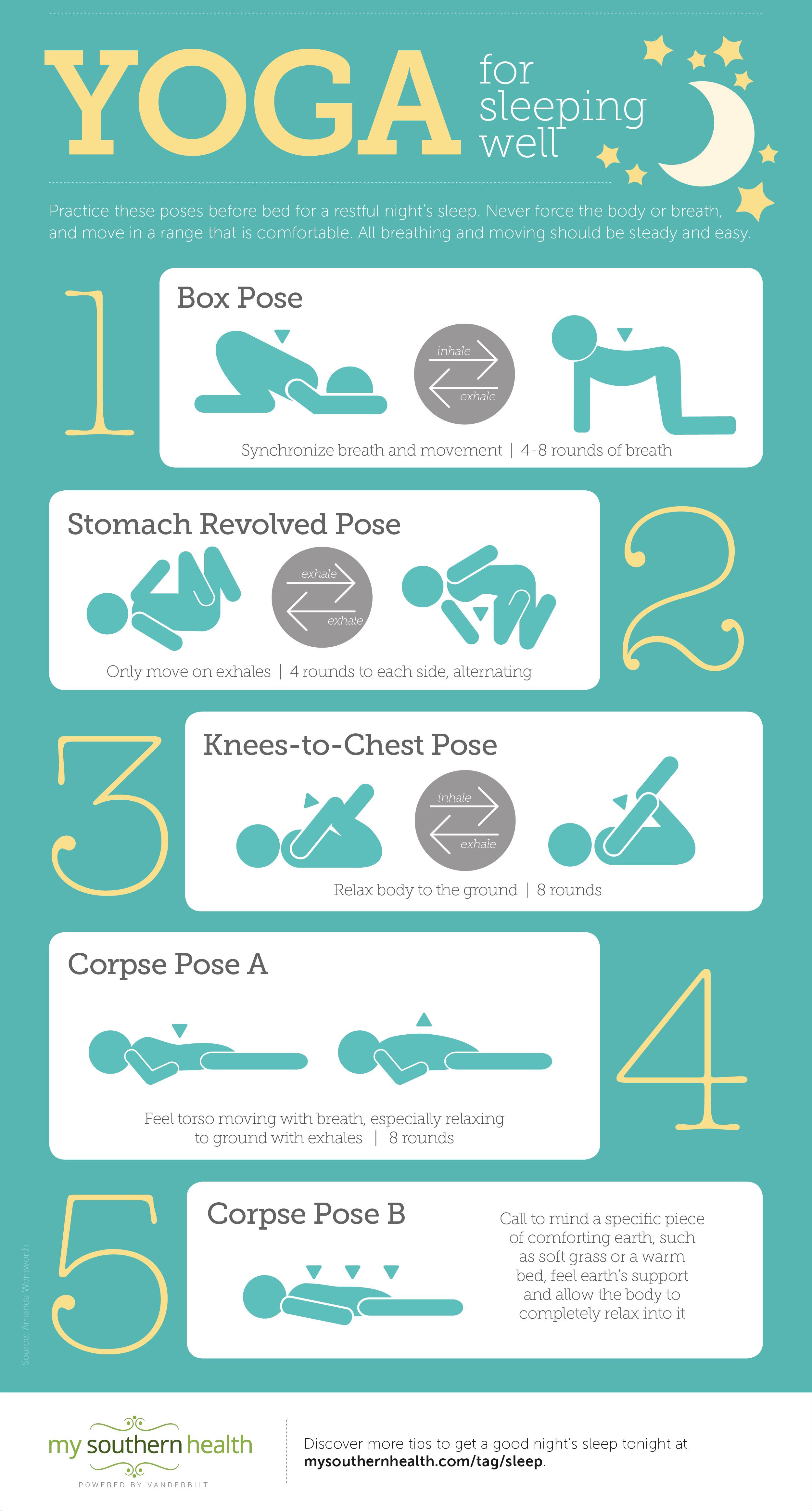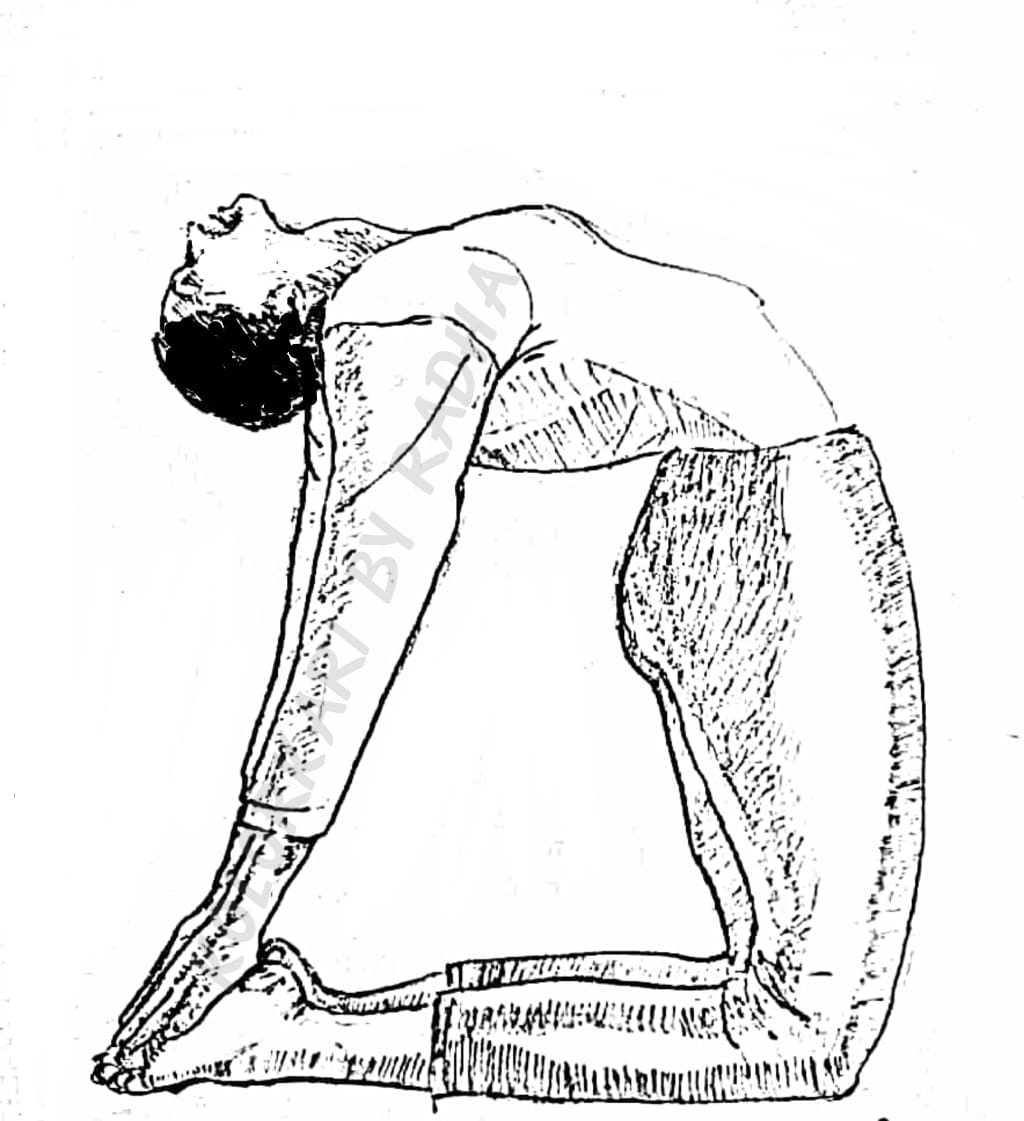
Yoga practice during the third trimester can prepare you for labor and lower the chance of complications. Yoga can help improve your physical, mental, and even your posture. Before you start any exercise program, consult your doctor. Avoid inversions and backbends if you have concerns. Also, avoid breathing techniques that induce hyperventilation. You should also pay attention to your body's symptoms, including dizziness, pain in your back or pelvis, and cramping in your legs and abdominals.
Your pregnancy is putting pressure on your pelvic floor, which can cause a variety of uncomfortable symptoms. Yoga can help relieve the pressure and relax you during labor. It can also increase blood circulation to your fetus and mother. Yoga may reduce the likelihood of having to give birth by Cesarean and prevent pregnancy-induced hypertension.

Studies of women during their second and three-quarters of the pregnancy revealed that yoga taught them less pain, and they had less induced labor. These women felt more confident about having their baby. You should avoid doing intense yoga during pregnancy, particularly in the second or third trimesters. Focus on slow poses and easy breathing techniques. Your healthcare provider will allow you to start practicing yoga once you're cleared.
Begin with gentle, meditative yoga asanas. You should also learn breathing techniques. After you feel comfortable, you can try modified versions of some popular poses like the standing forward bend or the squat. To provide additional support, you may want to add blankets or blocks underneath your outer thighs.
Prenatal yoga can help reduce pain in the back and pelvis, as well as improve blood circulation and posture. You can also use meditation practices to help ease pain during labor and reduce the likelihood of complications in the pregnancy. You can also reduce pain using breathing techniques such Bhramari Pranayama. You might also consider prenatal yoga, which can help to stretch your muscles and prepare you for labor.
You can also try a squat yoga pose to help relieve hip pain. This is a simple position that targets the hips and pelvis. You can perform it on a yoga mat, a chair or even a stool. Water can be used to ease hip pain. To help relax your hip muscles and increase blood circulation, you can do a savasana. Savasana helps to relax your spine and can aid in digestion.

Another way to increase blood circulation in the third trimester of pregnancy is through the practice of hip opening postures. These positions can open the pelvis and relieve pressure on your sacroiliac joint, improving blood flow to your fetus. To help your pelvic floor, you can also do bridge rolls in yoga.
FAQ
Do I need heat before I do yoga?
No. It is not necessary to warm up before you begin a session of yoga.
Stretching before you go to the gym can help ease stiff muscles.
How long does yoga take?
As with any skill, you must train your brain to perform yoga correctly. Once you have mastered the basics of yoga, you will be able practice at home with no difficulty.
To start, complete about 20-30 minutes of warm-ups before beginning your class. After that, take 5-10 minutes to warm up and do some simple stretches. Move on to more challenging poses.
Once you are comfortable with the basics of yoga, you can go on to intermediate classes. There you will learn more advanced moves. For example, if you're learning yoga for the first time, you might start with standing poses like the Tree (Vrksasana) and Mountain (Tadasana).
Are there classes that I can take with other people?
This depends on the class. Private lessons are offered by some teachers. Others provide group classes where students can interact with one another.
Some studios offer "classes within classes", which allow you to be paired up with someone who has similar interests and goals.
Statistics
- Gentle yoga has been shown to ease some of the discomforts of tender, swollen joints for people with arthritis, according to a Johns Hopkins review of 11 recent studies. (hopkinsmedicine.org)
- According to the Agency for Healthcare Research and Quality, falls are incredibly common among older adults in nursing facilities. Even the simplest ones can increase the risk of death (24). (healthline.com)
- According to calorie estimates calculated at Harvard Medical School, the average 125-pound person burns about 120 calories in a half hour of hatha yoga, and a 185-pound person burns about 178 calories in that half hour. (everydayhealth.com)
- Lock in 25% off your Founding Member rate. (corepoweryoga.com)
- The American Psychological Association recently shared that 84% of American adults feel the impact of prolonged stress (5). (healthline.com)
External Links
How To
Can I do yoga during pregnancy?
Some poses may be unsafe if you're pregnant. Before starting any new workout routine, you should consult your doctor.
You can still perform many poses during pregnancy. These are some suggestions:
-
Women who are pregnant shouldn't lift more than shoulder height. Instead, you can use dumbbells or lightweight resistance bands.
-
Avoid deep twists as they could place pressure on your belly.
-
Avoid backbends up until you have your baby. They can put excessive strain on your lower back.
-
To deliver your baby safely, you should not be seated cross-legged or lying on your stomach.
-
Your doctor will have to approve you before you attempt inverted poses, such as handstands and headstands.
-
Limit your practice to 30 minutes per day.
Once you're ready to continue practicing yoga, you can do it throughout your pregnancy. Your doctor can help determine when you are ready and when to stop practicing yoga.